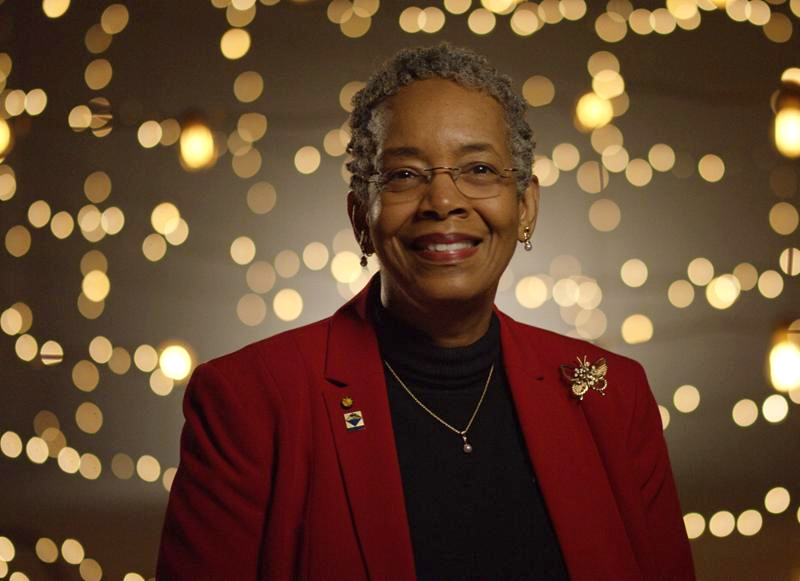Adapting Active Learning Techniques for Traditional Classroom Settings
DOI:
https://doi.org/10.13021/G8itlcp.10.2018.2150Abstract
This session explores ideas on how to apply active learning techniques when the classroom is set up in a more traditional tightly-spaced room lacking in whiteboard space and few options for moving around or reconfiguring the space. This will be an interactive session; participants can add their experiences to enhance the ideas included in this abstract. For creative teachers and cooperative students, there are multiple solutions for most academic disciplines when there is flexibility in approaches to learning. Participants will be able to describe at least 3 adaptations they can use in their courses.
_______________________________________________________________
FULL ABSTRACT
This session explores ideas on how to apply active learning techniques when the classroom is set up in a more traditional tightly-spaced room lacking in whiteboard space and few options for moving around or reconfiguring the space. This will be an interactive session where participants can add their experiences to enhance the ideas included in this abstract. One of the ideas comes from a blog: âCreating the Space for Engaged Discussionâ by Kevin Gannon, PhD, that had ideas for solving the kind of problem. His banner photo shows him standing in front of classroom of students, a traditionally laid out space. Gannonâs idea of doing a check-in exercise that can meet the objective of: 1) getting to know the students; 2) helping them get used to hearing their own voice spoken in the classroom; and 3) teaching them to listen to each other. The technique uses a format that encourages a more open discussion. This exercise meets the objectives and takes no more than 8 minutes for 25 or 30 students.
Another way to open up discussion is a variation on the well-practiced âthink-pair-shareâ activity where students respond to an appropriate comprehensive open-ended question for each student to think about for 5 minutes; than joining with another student or a small group (shifting around the school desks in place); and then sharing with the class the ideas they and their group came up with.
Other Techniques:
One of the simplest solutions to the traditional classroom setting could be to move a few chairs and rotate others in place, though sometimes chairs and tables are fixed in place, so we will explore ways of handling those kinds of problems.
There are other work-arounds, when considering the constraints of the classroom. When possible, students usually appreciate the option of going out onto the larger campus when doing so would enhance learning. This idea from an architecture class at the University of Minnesota, where the general education architecture course planned to meet in a different location every week. The students would propose a meeting place and the professor would select appropriate locations, scheduling them for future class meetings. They would meet in such places as the student center atrium, the entrance hall to the basketball arena, an art museum, and a park. For the architecture class, it allowed students to see how different environments served different needs; for our class, a similar plan allowed our students to experience how different environments and contexts contributed to class discussions and conflict resolution projects.
At Mason, we can meet in one of the amphitheaters on a day when the weather is suitable. This is a good opportunity to work together on an experiential learning activity that requires spreading out and moving around freely. Another solution to classroom constraints is to find an alternate classroom solution on some days, such as reserving multiple study rooms in the Johnson Center on days that were convenient for students. For those sessions, breaking into small groups, so students can jump-start small-group projects. and each group successfully met their objectives.




